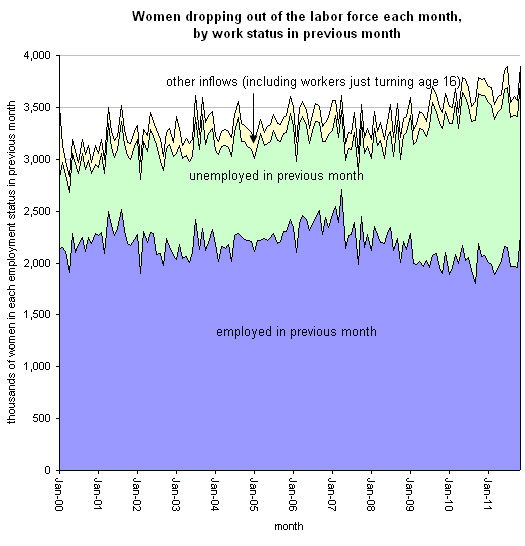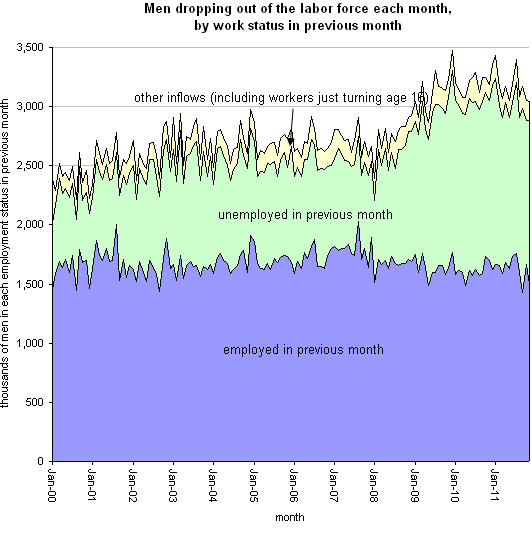But when a friend at Ernst Young recommended her, Ms. Parakh’s résumé was quickly separated from the thousands the firm receives every week because she was referred by a current employee, and within three weeks she was hired. “You know how long this usually takes,” she said. “It was miraculous.”
While whom you know has always counted in hiring, Ms. Parakh’s experience underscores a fundamental shift in the job market. Big companies like Ernst Young are increasingly using their own workers to find new hires, saving time and money but lengthening the odds for job seekers without connections, especially among the long-term unemployed.
The trend, experts say, has been amplified since the end of the recession by a tight job market and by employee networks on LinkedIn and Facebook, which can help employers find candidates more quickly and bypass reams of applications from job search sites like Monster.com.
Some, like Ernst Young, the accounting firm, have set ambitious internal goals to increase the proportion of hirings that come from internal referrals. As a result, employee recommendations now account for 45 percent of nonentry-level placements at the firm, up from 28 percent in 2010.
The company’s goal is 50 percent. Others, such as Deloitte and Enterprise Rent-A-Car, have begun offering prizes like iPads and large-screen TVs in addition to traditional cash incentives for employees who refer new hires.
Economists and other experts say the recession has severed networks for many workers, especially the long-term unemployed, whose ranks have remained high even as the economy recovers.
Nearly 4.8 million Americans have been out of work for 27 weeks or more, according to the Labor Department, three times as many as in late 2007. The typical unemployed worker has been jobless for 38 weeks, compared with 17 weeks before the recession.
While the overall unemployment rate has edged downward recently, little improvement is expected for the long-term jobless when data for December is released by the Labor Department on Friday.
“The long-term unemployed and other disadvantaged people don’t have access to the network,” said Mara Swan, executive vice president for global strategy and talent at Manpower Group, which provides temporary help and job placement services. “The more you’ve been out of the work force, the weaker your connections are.”
Although Ernst Young looks at every résumé submitted, “a referral puts them in the express lane,” said Larry Nash, director of experienced and executive recruiting there. Indeed, as referred candidates get fast-tracked, applicants from other sources like corporate Web sites, Internet job boards and job fairs sink to the bottom of the pile.
“You’re submitting your résumé to a black hole,” said John Sullivan, a human resources consultant for large companies who teaches management at San Francisco State University. “You’re not going to find top performers at a job fair. Whether it’s fair or not, you need to have employees make referrals for you if you want to find a job.”
Among corporate recruiters, Mr. Sullivan said, random applicants from Internet job sites are sometimes referred to as “Homers,” after the lackadaisical, doughnut-eating Homer Simpson. The most desirable candidates, nicknamed “purple squirrels” because they are so elusive, usually come recommended.
“We call it Monster.ugly,” said Mr. Sullivan, referring to Monster.com. “In the H.R. world, applicants from Monster or other job boards carry a stigma.”
Monster.com did not respond to a request for comment.
Even getting in the door for an interview is becoming more difficult for those without connections. Referred candidates are twice as likely to land an interview as other applicants, according to a new study of one large company by three economists from the Federal Reserve Bank of New York. For those who make it to the interview stage, the referred candidates had a 40 percent better chance of being hired than other applicants.
Article source: http://www.nytimes.com/2013/01/28/business/employers-increasingly-rely-on-internal-referrals-in-hiring.html?partner=rss&emc=rss


